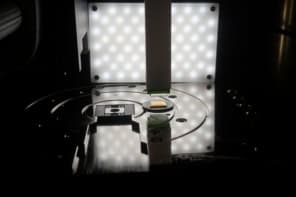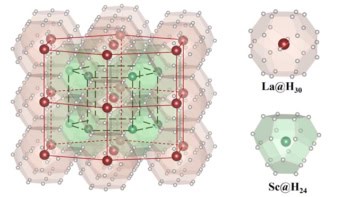Two US scientists claim to have discovered a new electrical effect called negative resistance in carbon-composite materials. And when materials exhibiting negative resistance are combined with 'normal' materials, they appear to have zero resistance to electrical current, similar to superconducting materials. Moreover, this behaviour persists to room temperature, whereas "high-temperature" superconductors only lose their resistance below about 150K or -120 C. The results were presented at fifth International Conference on Composites Engineering in Las Vegas.
Deborah Chung and Shoukai Wang of the University of Buffalo in the US stumbled across this unexpected behaviour whilst researching ‘smart’ materials. These materials, usually based on carbon fibre, use the electrical resistance of the fibres to monitor the properties of structures such as bridges and buildings. Chung has been careful not to call the material a room temperature superconductor. Instead she calls it “a strange conduction phenomenon called negative resistance.”
The phenomenon appears to break one of the fundamental laws of physics – the electrons in the circuit seem to flow towards the negative rather than positive electrode. Chung suspects that the extremely high pressures used to bind the carbon fibber layers together is responsible for the effect. So far, Chung and Wang have demonstrated negative resistances as low as -8 ohms for a contact area of one square centimetre.



